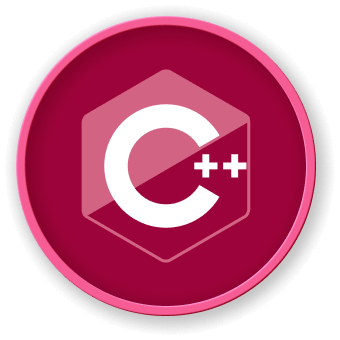Pixel Mapping Basics
What is Pixel Mapping?
Pixel mapping is a fundamental technique in computer graphics and image processing that involves translating pixel coordinates between different coordinate systems or transforming pixel data. It is crucial for various applications such as image rendering, display calibration, and digital image manipulation.
Core Concepts
Coordinate Systems
Pixel mapping primarily deals with transforming coordinates between different reference frames. There are typically two main coordinate systems:
| Coordinate System |
Description |
Characteristics |
| Screen Coordinates |
Pixel positions on display |
(x, y) from top-left corner |
| World Coordinates |
Logical or physical space |
Potentially different scaling |
Mapping Techniques
graph LR
A[Source Coordinates] --> B{Mapping Function}
B --> C[Destination Coordinates]
B --> D[Transformation Matrix]
Basic Implementation in C++
Here's a simple pixel mapping example using Ubuntu 22.04:
class PixelMapper {
private:
int width, height;
double scaleX, scaleY;
public:
PixelMapper(int w, int h) : width(w), height(h), scaleX(1.0), scaleY(1.0) {}
// Map screen coordinate to normalized coordinate
std::pair<double, double> mapToNormalized(int x, int y) {
double normX = static_cast<double>(x) / width;
double normY = static_cast<double>(y) / height;
return {normX, normY};
}
// Map normalized coordinate back to screen coordinate
std::pair<int, int> mapFromNormalized(double normX, double normY) {
int x = static_cast<int>(normX * width);
int y = static_cast<int>(normY * height);
return {x, y};
}
};
Key Considerations
- Precision: Use floating-point calculations for accurate mapping
- Performance: Optimize mapping functions for real-time applications
- Boundary handling: Manage edge cases and out-of-bounds scenarios
Use Cases
- Image scaling and resizing
- Geometric transformations
- Display calibration
- Augmented reality rendering
By understanding these fundamental concepts, developers can effectively implement pixel mapping techniques in their graphics and image processing projects. LabEx recommends practicing with different coordinate systems and transformation scenarios to gain practical expertise.




